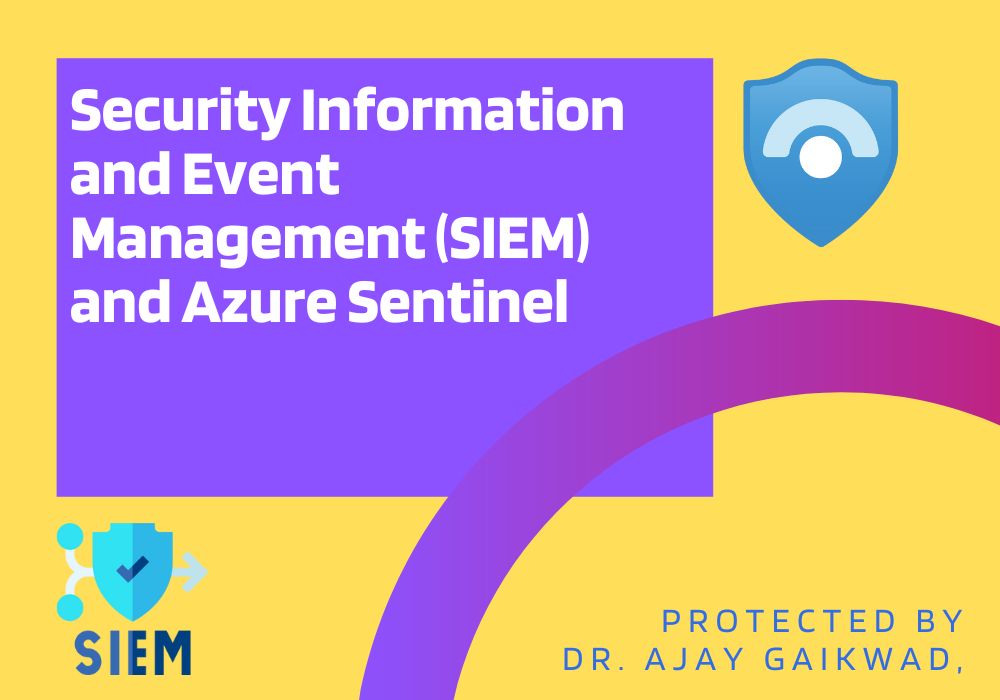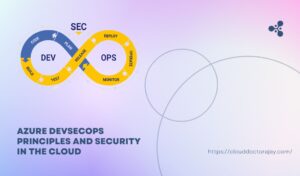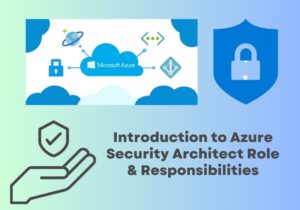Introduction: Azure Sentinel and SIEM
Organizations have become increasingly concerned about the security of sensitive data and digital assets in an increasingly digital world. As cyber threats become more complex, Microsoft launched Azure Sentinel, a cloud-based SIEM solution.
We will take a deep dive into Azure Sentinel and SIEM’s transformative capabilities, highlighting their significance in safeguarding digital ecosystems in this comprehensive blog post.
5 Best Project Management Software In 2023
SIEM and Azure Sentinel
1. Understanding the Need for SIEM:
Cyber threats have advanced in sophistication and scale in today’s interconnected world. Organizations deal with a barrage of security events and incidents every day, necessitating a unified approach to detect, respond to, and mitigate these threats. As a result, SIEM emerged as a centralized platform for collecting, correlating, and analysing security data.
2. Introducing Azure Sentinel:
Microsoft’s cloud-native SIEM solution, Azure Sentinel, is revolutionizing the way businesses approach security monitoring and response. Sentinel, which is based on the Azure platform, enables businesses to gather enormous volumes of security data, spot anomalies, and automate responses in real-time, improving threat detection and incident response capabilities.
3. Azure Sentinel’s main characteristics and advantages:
a. Data collection and integration:
are two areas where Azure Sentinel excels. It can easily ingest data from a variety of sources, including third-party programs, on-premises infrastructure, Azure services, and more. This coordinated data collection allows for comprehensive threat visibility.
b. Advanced Threat Detection:
Sentinel uses machine learning and AI to detect insider risks, unknown threats, and suspicious activity using behavioral analytics.
c. Automated Incident Response:
It’s important to react quickly to threats. By orchestrating activities and automating incident response workflows, Azure Sentinel frees up security professionals to concentrate on strategic priorities.
d. Integrated Security Orchestration, Automation, and Response (SOAR):
Sentinel effortlessly interacts with SOAR capabilities, streamlining incident management and speeding up response times.
Azure Devsecops Principles And Best Practices For Security In The Cloud
e. Customizable Dashboards:
For well-informed decision-making, visualizing security data is crucial. Security teams can view trends, threats, and insights with Azure Sentinel’s configurable dashboards and workbooks.
4. The workflow for Azure Sentinel:
a. Data collection and enrichment:
Are handled by Azure Sentinel, which also turns the data into a standardized format after enriching it with contextual data from a variety of sources.
b. Sentinel provides threat detection:
Identifies anomalies, and correlates events to reveal hidden threats using AI and machine learning.
c. Investigation and Reaction:
To expedite the incident response process, security analysts use interactive workbooks, contextual data, and threat information to investigate incidents.
d. Automation and orchestration:
Automated playbooks carry out response operations, from threat containment through alert triage, enabling quick and efficient incident resolution.
5. Real-world Use Cases and Applications:
a. Threat hunting:
Is made possible by Azure Sentinel, which enables security teams to proactively look for threats, spot vulnerabilities, and stop potential attacks before they happen.
b. Insider Threat Detection:
Sentinel identifies anomalous activity and insider threats that could otherwise go undetected by analysing user behaviour.
c. Compliance Monitoring:
Sentinel supports compliance by keeping track of and reporting on legislative mandates including GDPR, HIPAA, and others.
d. Cloud security:
Is improved by the seamless integration of Azure-native services like Azure Security Center with Sentinel.
Using Azure Kubernetes Service (AKS), containers are secured
6. Seamless Ecosystem Integration with Azure Services:
Azure Sentinel’s native integration with Azure services, including as Azure Active Directory and Microsoft 365, significantly expands its functionalities. In hybrid and cloud systems, this synergy ensures a comprehensive security approach.
7. Case Studies
a. A multinational retailer improves threat detection by correlating and analysing security data with Azure Sentinel, which results in early threat identification and quicker incident response.
b. Financial Institution Mitigates Insider risks: Azure Sentinel is used by a financial institution to monitor user activity, quickly identify insider risks, and protect sensitive financial data.
8. Starting up using Azure Sentinel:
a. Data collection and integration: Connect data sources, such as Azure services, outside programs, and on-site hardware, to Azure Sentinel first.
b. Creating Workbooks and Dashboards: Create unique workbooks and dashboards to visualize security findings and support data-driven choices.
c. Incident Management and Automation: Create automated playbooks to coordinate incident responses, ensuring quick resolution of security events.
9. Future Trends and Advancements:
Azure Sentinel continues to develop, combining cutting-edge technologies like machine learning, AI-driven threat detection, and extended integrations to further improve its capabilities.
Conclusion:
In a world where cybersecurity risks are ubiquitous, Azure Sentinel and SIEM solutions have emerged as vital tools for enterprises wanting to defend their digital landscapes. The cloud-native architecture, powerful analytics, and automation capabilities of Azure Sentinel enable security teams to detect, respond to, and mitigate threats effectively, enhancing overall cyber resilience.
As the digital world evolves, implementing SIEM solutions such as Azure Sentinel becomes a strategic imperative to ensure a safer and more secure digital future.





